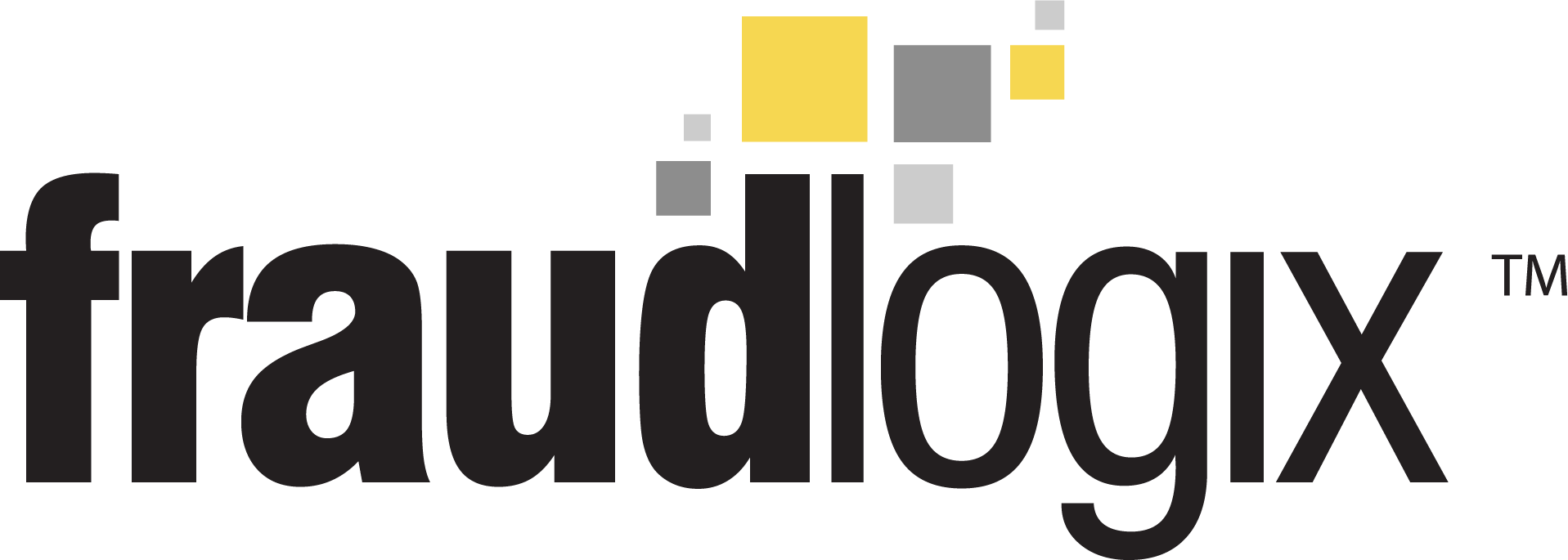Real-Time Bidding (RTB) is a programmatic auction used by advertisers and publishers to find the best price for an ad impression upon page loading. For publishers, this allows them to offer the impression to a wider array of advertisers and for advertisers, this allows them to set budget parameters and only pay what they see as a fair price for an impression. RTB allows for efficient price discovery that benefits both sides of the transaction so it’s no wonder that the current spend of around 16 billion dollars a year is expected to grow upwards of 40 billion dollars on RTB by 2028.
The cost savings and ability to programmatically spend ad budget are just the most apparent advantages of RTB. Here are seven more benefits that RTB can bring to your media buying.
Size matters not – While RTB exploded in popularity for large media buyers needing to spend massive budgets, the advantages remain for businesses of any size. With the proliferation of more RTB platforms (DSPs, SSPs, and ad exchanges) there are many great options for non-massive budgets.
Greater variety of publishers – Regardless of your desired reach, local, global or in between, RTB platforms grant access to a wide array of publishers to advertise with, including digital publishers, apps, blogs, and websites. This provides flexibility for advertisers allowing for both mass marketing and niche targeting.
Price optimization – Return on ad spend is always at a premium and RTB allows for greater sculpting of your ad budget around your goals. As an advertiser, you can set the ad impression objective, as well as the budget available for it, and adjust according to ROAS numbers you’re trying to hit.
Buying your niche – The RTB system analyzes the first and third-party data from the publishers’ platforms and matches advertisers’ desired audience with the right niche audience. Keep in mind that different platforms will use different models with different publishers to accomplish this so some may be better than others.
Precision messaging – Deliver more relevant messaging to your audience by creating custom messaging based on user data like age, education, marital status, gender, interests, shopping habits, location and finances. Get your custom message to the people who are actually interested and most likely to click, subscribe or purchase.
Vetted publishers – RTB platforms are motivated to keep only the best publishers on their roster. Under-performing or fraudulent publishers are weeded out in favor of legitimate publishers, saving advertisers the time and money it would cost to vet individual publishers.
Easier ad testing – Because marketers have data on and from publishers in RTB platforms, it’s easier to do AB testing of ads and analyze the results. Different parameters can be tested across similar ad environments targeting the same types of users yielding insights on what ad copy and creative work best for increased ROAS.
Why RTB Spending Will Be Up 5X In 10 Years
The projected numbers for RTB ad spending are nothing short of eye-popping with some analysts predicting the market will increase to almost 90 billion dollars by 2035. Aside from the clear benefits of RTB platforms, several market dynamics will also lead to this explosive growth.
- Demand increase – Because RTB is better at targeting users at a fairer price, demand will grow, taking from less effective parts of the ad budget.
- Supply increase – Digital media consumption is projected to increase, especially in the Asia-Pacific markets.
- Platform improvements – As platforms integrate more technology, like AI and improved matching algorithms, the effectiveness of RTB will increase.
- Mobile first – Statistically, most users are now mobile-first allowing for even more precise targeting in RTB platforms.
- Video ads – RTB for video is projected to increase alongside with video watching, these ads will make up a large portion of RTB growth.



